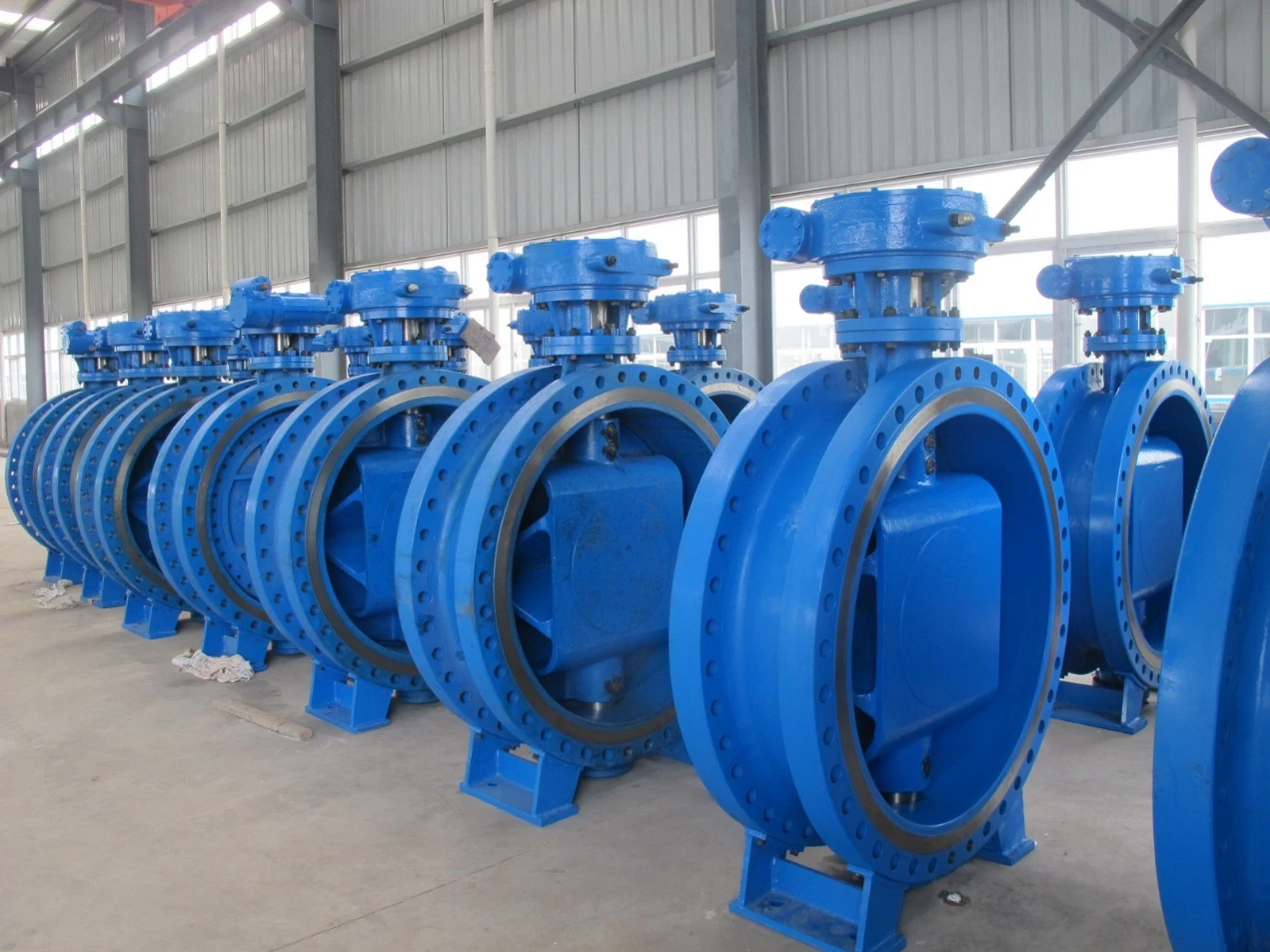Rhag . 20, 2024 08:23 Back to list
Design and Applications of Trapezoidal Thread Screws in Mechanical Engineering
Understanding Trapezoidal Thread Screws A Comprehensive Overview
Trapezoidal thread screws represent a crucial component in mechanical engineering and manufacturing, renowned for their unique design and functionality. This article delves into the characteristics, applications, and advantages of trapezoidal thread screws, highlighting why they are favored in various industries.
What are Trapezoidal Thread Screws?
Trapezoidal thread screws are characterized by their trapezoidal profile, which provides a larger surface area in contact with the nut, enabling a better load distribution. This thread design ensures that the screw can transfer mechanical power efficiently while minimizing wear and tear. The trapezoidal shape of the threads allows for smoother movement and reduces the chances of backlash, which is a common issue in other types of screw threads, such as square or round threads.
Key Features and Specifications
The trapezoidal thread is typically classified according to the pitch (distance between threads) and the diameter. The most common specifications include metric trapezoidal threads, denoted as Tr followed by the nominal diameter and pitch (for example, Tr20x4, where 20 is the nominal diameter in mm and 4 is the pitch). These screws can be produced in various materials, including steel, stainless steel, and plastics, which allows for a wide range of applications depending on the specific requirements of strength and resistance.
One notable feature of trapezoidal thread screws is their ability to handle axial loads efficiently. The geometry of the threads allows them to perform well under heavy loads while maintaining precise movement. This makes them especially suitable for applications involving linear motion, such as in jacks, lead screws, and various machinery components.
Applications of Trapezoidal Thread Screws
trapezoidal thread screw

Trapezoidal thread screws find extensive applications in different fields. They are widely used in the manufacturing of screw jacks, where they convert rotational motion into linear motion, vital in lifting heavy loads. This capability makes them indispensable in construction equipment and automotive applications.
Moreover, trapezoidal screws are essential in CNC machinery and automation systems, where precise positioning and movement are critical. Their design minimizes backlash, enhancing the accuracy of the machines. This precision is also crucial in 3D printers, where consistent movement leads to high-quality prints.
Additionally, they are common in the field of robotics, where they help in the linear actuation of robot arms and other components. The smooth operation provided by trapezoidal threads allows robots to perform intricate tasks with high reliability.
Advantages Over Other Thread Types
Compared to other thread types, trapezoidal thread screws offer several advantages. Their design reduces friction, which not only enhances efficiency but also extends the lifespan of both the screw and the nut. The flat sides of the trapezoidal thread help distribute the load evenly, preventing localized wear and tear that can lead to failure.
Furthermore, the ease of installation and maintenance is another significant advantage. Trapezoidal screws can be easily integrated into various systems, and their design allows for straightforward maintenance and replacement.
Conclusion
In conclusion, trapezoidal thread screws are invaluable components in modern engineering and manufacturing applications. Their unique thread profile offers significant advantages, including efficient load handling, reduced friction, and minimal backlash. With a wide range of applications spanning construction, CNC machinery, and robotics, trapezoidal thread screws are poised to remain a staple in various industries. Understanding their characteristics and benefits can help engineers and manufacturers select the right components for their specific needs, resulting in more efficient and reliable systems.
-
Why Metric Trapezoidal Thread is Ideal for Precision Motion ControlNewsAug.05,2025
-
The Unique Properties of a Block of Granite for Industrial UseNewsAug.05,2025
-
The Role of Flanged Y Strainers in Preventing Pipeline ClogsNewsAug.05,2025
-
The Importance of Regular Calibration for Master Ring GagesNewsAug.05,2025
-
How a Cast Iron Surface Table Enhances Accuracy in ManufacturingNewsAug.05,2025
-
Comparing Different Check Valve Types for Optimal Flow ControlNewsAug.05,2025
Related PRODUCTS









